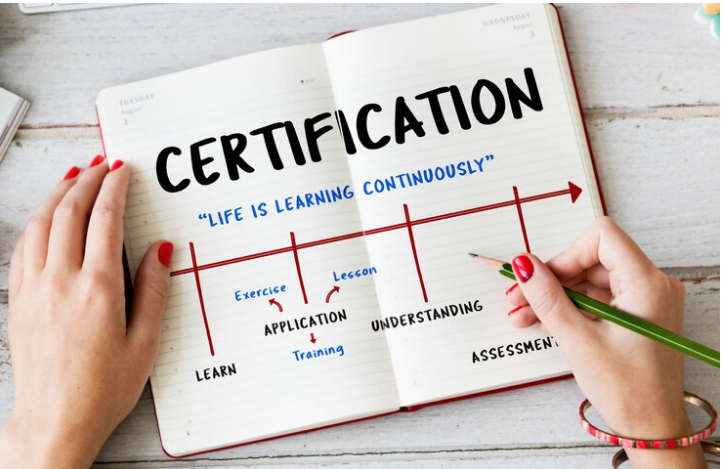ISO 29001 successful certification: the essential guide for quality management in the oil and gas industry
In sectors such as oil, petrochemicals, and gas, the reliability of processes and rigour in supply chains are crucial to safety and performance.
The ISO 29001 standard establishes a specialised quality framework built upon ISO 9001, with additional requirements tailored to the energy industry.
The book ISO 29001 Successful Certification serves as a practical and strategic guide, helping organisations implement the standard, manage risks, and prepare for certification step by step.
Why ISO 29001 is vital for the oil, petrochemical and gas industries
The energy sector operates in complex environments where process integrity and product conformity directly impact safety, efficiency, and reputation.
To meet these high expectations, ISO 29001 provides a sector-specific framework for quality management, developed jointly by ISO and the International Oil and Gas Producers Association (IOGP).
It strengthens traditional ISO 9001 principles by integrating risk-based thinking, supply chain control, and non-conformity prevention.
Moreover, it ensures that every stage — from design to delivery — follows consistent and traceable processes.
By adopting ISO 29001, companies can reduce operational risks, improve reliability, and enhance stakeholder confidence.
As a result, ISO 29001 Successful Certification becomes a strategic resource for transforming compliance requirements into long-term value creation.
A clear methodology for achieving ISO 29001 certification
This guide provides a structured and accessible roadmap to help organisations implement the ISO 29001 standard effectively.
Each chapter walks the reader through a key stage of the certification journey, combining practical advice with real-world examples.
The main steps include:
-
Initial diagnosis: assess current management practices and identify areas for improvement.
-
Operational implementation: align existing processes with ISO 29001 requirements.
-
Risk control: establish mechanisms to prevent incidents and ensure process stability.
-
Internal audits: evaluate performance, identify gaps, and verify compliance before certification.
-
Audit preparation: compile documentation, train teams, and conduct final readiness reviews.
Thanks to this step-by-step approach, the book helps organisations build a robust quality management system, capable of meeting both industry expectations and regulatory obligations.
In addition, it encourages a culture of continuous improvement and operational excellence.
Practical tools and feedback from industry experience
To support practical implementation, ISO 29001 Successful Certification includes a variety of tools, checklists, and templates.
These resources simplify tasks such as risk assessment, process mapping, and supply chain evaluation.
Each section also features case studies from companies that have successfully completed the certification process, offering valuable insights and best practices.
Furthermore, the book provides performance indicators and self-assessment models to help organisations monitor progress and sustain improvements.
Thus, it serves not only as a reference guide but also as an operational handbook, enabling teams to turn ISO 29001 requirements into concrete, measurable results.
A strategic lever for credibility and performance
Achieving ISO 29001 certification demonstrates a company’s commitment to quality, safety, and continuous improvement.
It strengthens credibility with clients, partners, and regulators, positioning certified organisations as trusted actors within the energy value chain.
Moreover, certification supports supply chain optimisation, risk reduction, and greater resilience against disruptions.
It also reinforces global competitiveness, opening access to new markets and partnerships.
Therefore, ISO 29001 Successful Certification stands as a strategic tool, empowering businesses to align technical excellence with sustainable growth.
Fiches techniques

Normes ISO disponibles
par thierry.gatines | Août 11, 2025 | Fiches techniques

Audit ISO les erreurs à éviter
par thierry.gatines | Août 11, 2025 | Fiches techniques

Les étapes clés de la certification ISO
par thierry.gatines | Août 11, 2025 | Fiches techniques

